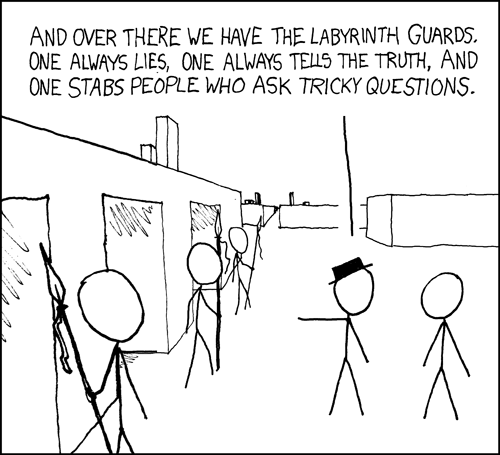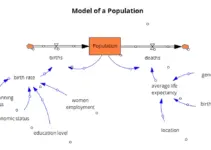Data analysis is only as good as the quality of data obtained during the data collection process. How can you ensure data accuracy and integrity? Here are three pointers.
Data analysis is a very important part of the research process. Before performing data analysis, researchers must make sure that numbers in their data are as accurate as possible. Clicking the menus and buttons of statistical software applications like SPSS, Microstat, Statistica, Statview among others is easy, but if the data used in such automated data analysis is faulty, the results are nothing more than just plain rubbish. Garbage in, garbage out (GIGO).
For many students who just want to comply with their thesis requirement, rigorous and critical data analysis are almost always given much less attention than the other parts of the thesis. At other times, data accuracy is deliberately compromised because of the apparent inconsistency of findings with expected results.
Data should be as accurate, truthful or reliable as possible for if there are doubts about their collection, data analysis is compromised. Interpretation of results will be faulty that will lead to wrong conclusions.
How can you make sure that your data is ready or suitable for data analysis? Here are three pointers to remember to ensure data integrity and accuracy. The following points focus on data collection during interviews.
3 Points to Remember to Ensure Data Integrity and Accuracy
1. Review data entries
Be meticulous about overlooked items in data collection. When dealing with numbers, ensure that the results are within sensible limits. Omitting a zero here or adding a number there can compromise the accuracy of your data.
Watch out for outliers, or those data that seems to be out-of-bounds or at the extremes of the scale of measurement. Verify if the outlier is truly an original record of data collected during the interview. Outliers may be just typographical errors.
2. Verify the manner of data collection
Cross-examine the data collector. If you asked somebody to gather data for you, throw him some questions to find out if the data was collected systematically or truthfully. For paid enumerators, there is a tendency to administer questionnaires in a hurry. In the process, many things will be missed and they will just have to fill-out missing items. To filter out this possibility, the information gathered should be cross-checked.
The following questions may be asked to ensure data quality:
- How much time did you spend in interviewing the respondent of the study?
- Is the respondent alone or with a group of people when you did the interview?
To reduce cheating in doing the interview, it will help if you tell your enumerators to have the interviewees sign the interview schedule right after they were interviewed. Ask the enumerators to write the duration of the interview, taking note of the start and end time of the interview.
3. Avoid biased results
Watch out for the so-called ‘wildfire effect’ in data gathering. This happens when you are dealing with sensitive issues like fisherfolk’s compliance to ordinances, rules and regulations or laws of the land. Rumors on the issues raised by the interviewer during the interview will prevent other people from answering the questionnaire. Respondents may become apprehensive if answers to questions intrude into their privacy or threaten them in some way.
Thus, questionnaire administration must be done simultaneously within, say, a day in a given group of interviewees in a particular place. If some of the respondents were interviewed the next day, chances are they have already gossiped among themselves and become wary of someone asking them about sensitive issues that may incriminate them.
Wildfire effect is analogous to a small spark of a match that can ignite dry grass leaves and cause an uncontrollable forest fire. This is the power of the tongue. Hence, the term wildfire effect.
There are many other sources of bias that impact negatively on data quality. These are described in greater detail in another post titled How to Reduce Researcher Bias in Social Research.
Data analysis may then be employed once data accuracy and integrity are ensured.
© 2012 December 6 P. A. Regoniel




Importance of data integrity please
I wonder which ones are the obscure jargons Sir Joe?
Dear Reader, data collection is important because without data you will not be able to analyze anything. Data, when analyzed and interpreted, becomes information. Thank you for reading.
why is data collection important please answer
My name is Wale, your site is very educative indeed. Thanks for the information.